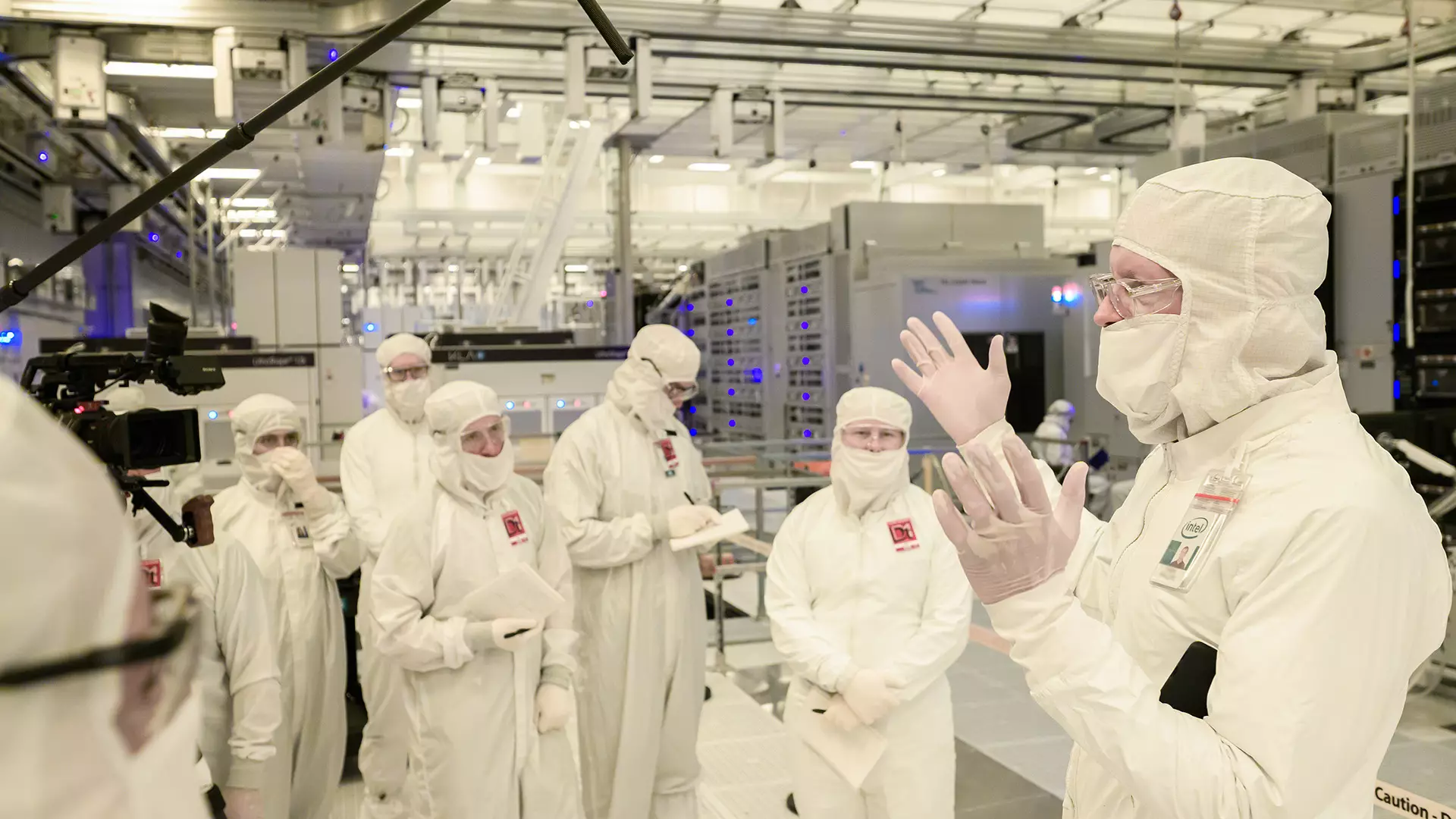In the ever-evolving landscape of technology, Intel stands as a gargantuan entity struggling to keep pace with the rapid advancements and heightened competition. The recent announcement of significant layoffs signals a pivotal shift for the company, with approximately 107 employees in California set to lose their jobs. This decision forms part of a broader strategy to trim operational costs by an estimated $500 million this year, followed by an even more ambitious $1 billion by 2026. News of these cuts reverberates throughout the tech community, reflecting the precarious position in which Intel finds itself.
Legislative Mandates and Transparency in Layoffs
Per California’s Worker Adjustment and Retraining Notification Act (WARN), companies are obligated to notify employees of impending mass layoffs, ensuring transparency during such disheartening times. Intel’s compliance with these regulations underscores the firm’s recognition of the human aspect intertwined with corporate strategies. The layoffs are scheduled to begin on July 15, offering affected employees a glimmer of hope in the form of severance packages that include either a month’s notice coupled with nine weeks of pay or a full 60 days before their employment is terminated.
This approach, albeit necessitated by law, showcases a notable thoughtfulness, attempting to give employees an opportunity to pivot and secure new roles. However, mere notice and financial compensation cannot fully mitigate the emotional toll and career disruptions faced by those impacted. The underlying question remains: can a company drive forth innovation and productivity when it is constantly shedding its workforce?
Redefining Structure and Job Roles
Amidst these layoffs, Intel’s rationale appears to be a strategic move aimed at flattening organizational complexity while fostering an environment of accountability and empowerment among its engineers. In the wake of the announced cuts, the company insinuated a departure from traditional management layers, meant to amplify engineering prowess. Yet, surprising elements remain in the types of roles being cut. Nearly half of the positions axed include engineers—many of whom are pivotal to product development and innovation, which raises a fundamental contradiction in the narrative advocating for streamlined operations.
The layoffs encompassing roles such as physical design engineers, product development engineers, and cloud software architects illuminate a troubling irony: removing personnel from key engineering positions could hinder the very innovation Intel requires to compete effectively. As the tech industry moves toward more agile and nimble organizational structures, retaining engineering talent should be a paramount focus.
AI and the Future of Employment at Intel
In a further reflection of its commitment to operational efficiency, Intel has opted to outsource its marketing functions to a consultancy that leverages AI technologies. While this might present an opportunity for cost savings, it simultaneously raises alarms over future job security within other divisions. Are we stepping into a territory where reliance on AI will gradually lead to further job consolidations? As companies grapple with the dichotomy of automation versus employment, Intel stands at a crossroads, navigating the precarities inherent in technology evolution.
The role of leadership under new CEO Lip-Bu Tan becomes essential in steering the company through these tumultuous changes. His vision, centered on intense cost-cutting measures, proves to be a double-edged sword. While striving for a leaner structure may make financial sense, it also risks stifling the creativity required for innovative breakthroughs. The tech world is one where boundaries shift and new paradigms materialize almost instantaneously. Intel must maintain a careful balance—positioning itself for operational efficiency while ensuring that it remains a breeding ground for cutting-edge technology.
Maintaining Morale Amidst Uncertainty
The atmosphere at Intel is undoubtedly fraught with anxiety as rumors of layoffs swirled long before the official announcements. Employee morale takes a significant hit in such turbulent climates, where the unpredictability of job security looms large. This environment challenges retention strategies, as top talent may seek opportunities elsewhere, fearing the company’s instability.
Fostering an open dialogue with remaining staff and reinforcing a commitment to their growth and careers should become a priority. Transparency regarding Intel’s future objectives, including how the company aims to thrive in a fiercely competitive market, could play a pivotal role in stabilizing morale during uncertain times. Reinstating faith among employees can drive productivity, thereby ultimately supporting the company’s broader aspirations for success in the technology arena.
While cuts may create a leaner organization, it calls into question the sustainability of Intel’s innovation trajectory in an increasingly competitive marketplace. The company must navigate these rough waters with a nuanced perspective on talent, innovation, and operational efficiency.

